There is never a dull moment in the second, more cheerful reign of Donald Trump. I am writing from London, but was in France last week, picking my way through various battlefields and cemeteries in and around Verdun, Bastogne (think “Easy Company” and “Battle of the Bulge”), and Reims.
Well-informed readers will know, as I did not, that “Reims” is not pronounced as its letters might suggest but rather as a nasalized “Reince.” I have always associated the place with champagne, and I am pleased to say that the city capitalizes on the association.
But one point of interest had nothing to do with that magical elixir. Reims was also the location of General Dwight D. Eisenhower’s headquarters at the end of World War II. It was there, in fact, that the Nazis officially surrendered on May 7, 1945.
The headquarters, an old school building, is a sort of time capsule. All the maps and military paraphernalia have been preserved just as they were on that fateful day. The entrance is marked by four flagpoles on which flags of the four Allies – the US, the UK, the Soviet Union, and France – flutter.
The chambers were undergoing renovation when I was there, alas, but on the doors was an image of the ceremony. Army Chief of Staff Alfred Jodl, his back to the camera, signed for the Nazis – Hitler, of course, being unavailable. General Walter Bedell Smith, Eisenhower’s chief of staff, signed for the Allies. Eisenhower, having recently witnessed the “indescribable horror” of the Ohrdruf concentration camp, declined to participate, thus denying the Nazi bigwig the honor of his presence. Jodl, found guilty of war crimes at his trial in Nuremberg, was hanged in 1946.
I drag you along for this bit of history, Dear Reader, because even as I write this, the contemptible contention that the real villain of World War II was not Adolf Hitler but Winston Churchill is making the rounds again. Eisenhower made sure that army photographers documented the savage barbarities of the camps in order to warn future generations. “I made the visit deliberately,” he said, “in order to be in a position to give firsthand evidence of these things if ever, in the future, there develops a tendency to charge these allegations merely to ‘propaganda.’”
A fat lot of good it did him. Years back, Teacher’s Scotch ran a clever ad campaign on city buses. “In life, experience is the great teacher,” the ads read, “in Scotch, Teacher’s is the great experience.” Perhaps the second assertion is true; I’ll find out one of these days. But the first is certainly not true. Eisenhower hoped it might be, but here in London, anti-Semitism is alive and well, despite what Laplace once described as expériences nombreuses et funestes.
Of course, anti-Semitism is alive and well in the United States, too. But I suspect there is this difference. In the United States, virulent anti-Semitism is largely an elite phenomenon. It thrives in the Petri dishes of swank colleges and universities and a handful of cities. That’s where you see the Palestinian flags and shouts of “globalize the intifada.” (It is also, I am happy to say, where the Trump administration’s battle against anti-Semitism has enjoyed its most conspicuous victories.)
It’s my sense that in the UK, the phenomenon is more general. “Why is that?” I asked an English friend. “Because the invasion of Britain by Muslims has proceeded much further here than in the US” That was when Jean Raspail’s novel The Camp of the Saints came up.
That dystopian fantasy portrays the destruction of Western civilization by a tsunami of illegal immigration from the Third World. Conspicuous in the apocalypse Raspail describes is the feckless collusion of white Europeans and Americans in their own supersession. They faced an existential crossroads. They chose extinction, laced with the emotion of higher virtue, rather than survival. (The title, it is worth noting, comes from the Book of Revelation, 20:9.)
Beautiful people, in and out of academia, pronounced anathema upon Camp of the Saints, accusing it of embodying the cardinal sin of the Age of Woke, “racism.” But the book is racist only if reality itself is racist. To anyone not infected by what Elon Musk calls the “woke mind virus,” it reads like a grim documentary, a matter-of-fact description of a civilization committing suicide.
My friend and I agreed that there should be no immigration without assimilation. That should be the operative motto, the slogan, the standard. Assimilation has proceeded imperfectly in the United States. It seems to have been abandoned altogether in the UK.
Which brings me to what history will judge as one of Donald Trump’s greatest accomplishments: the reassertion of America’s borders and the ending of illegal immigration. In May 2025, the U.S. Customs and Border Protection website reports, “The U.S. Border Patrol released zero illegal aliens into our country – a staggering drop from more than 62,000 that USBP was forced to release along the southwest border in May 2024.” The internet is full of TikTok videos showing ICE agents apprehending illegal aliens. We are invited by the anti-Trump propaganda press to deplore these actions. But the overwhelming response is “This is what I voted for.” That, certainly, is my feeling.
This article originally appeared in American Greatness













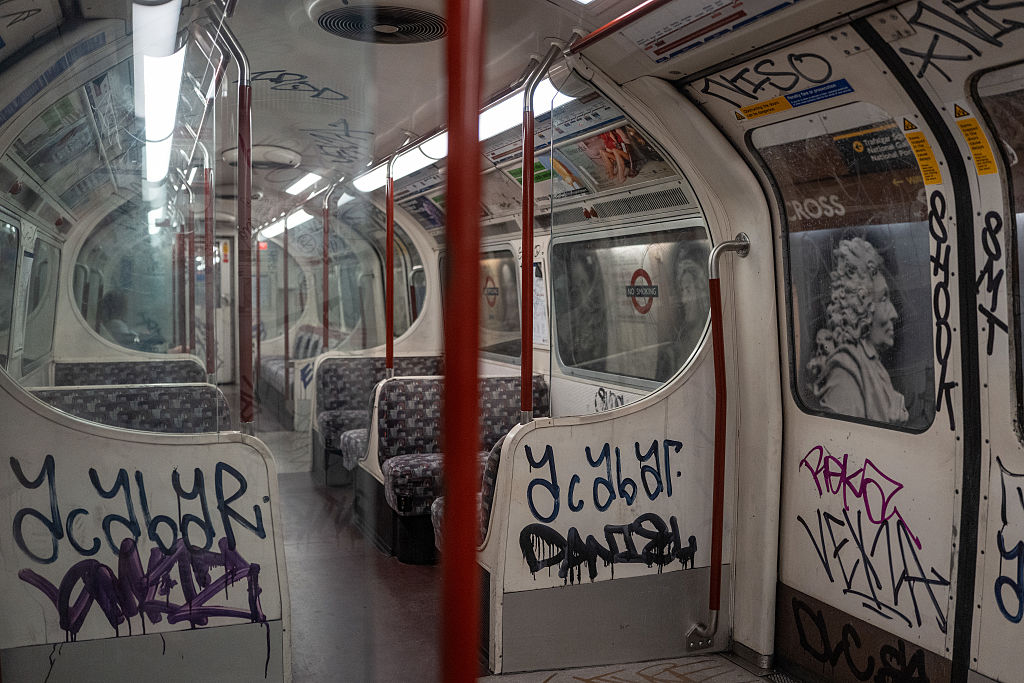
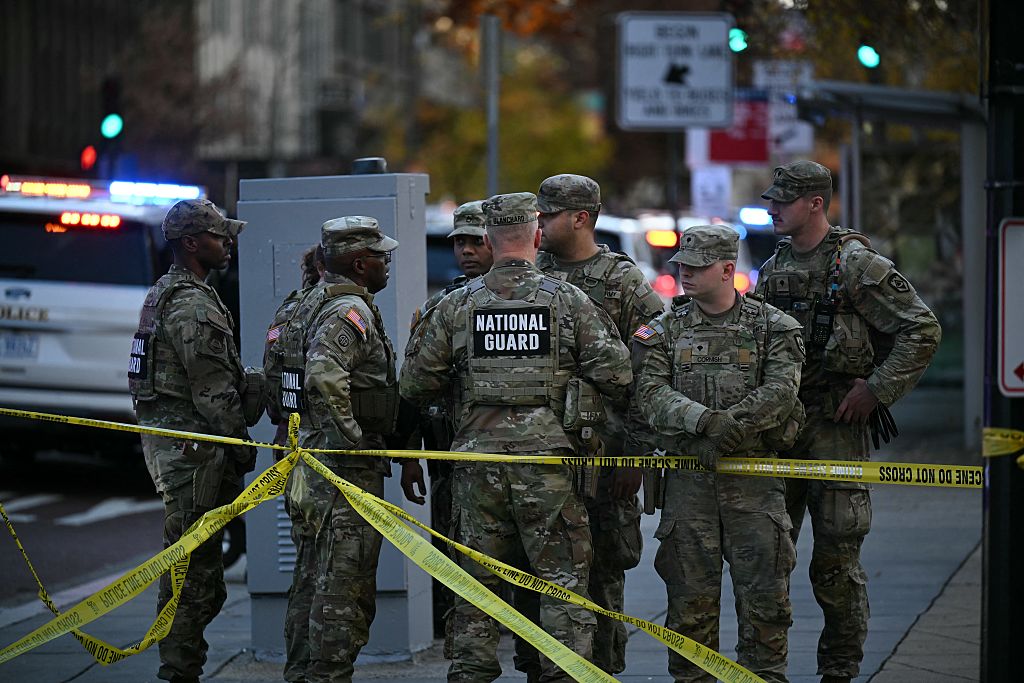

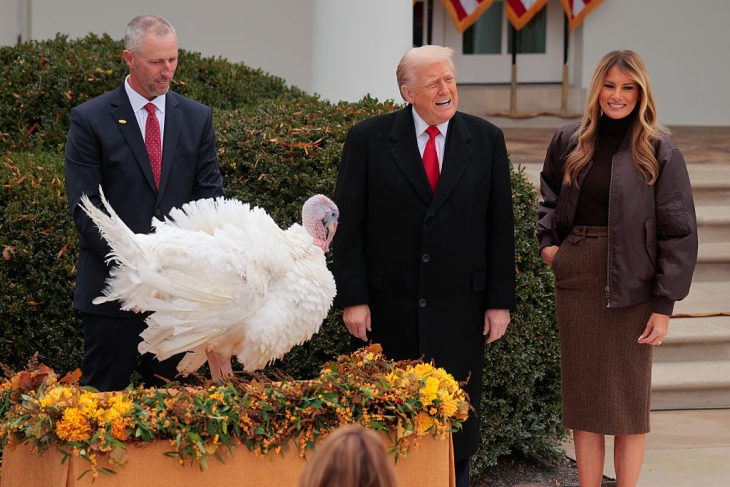

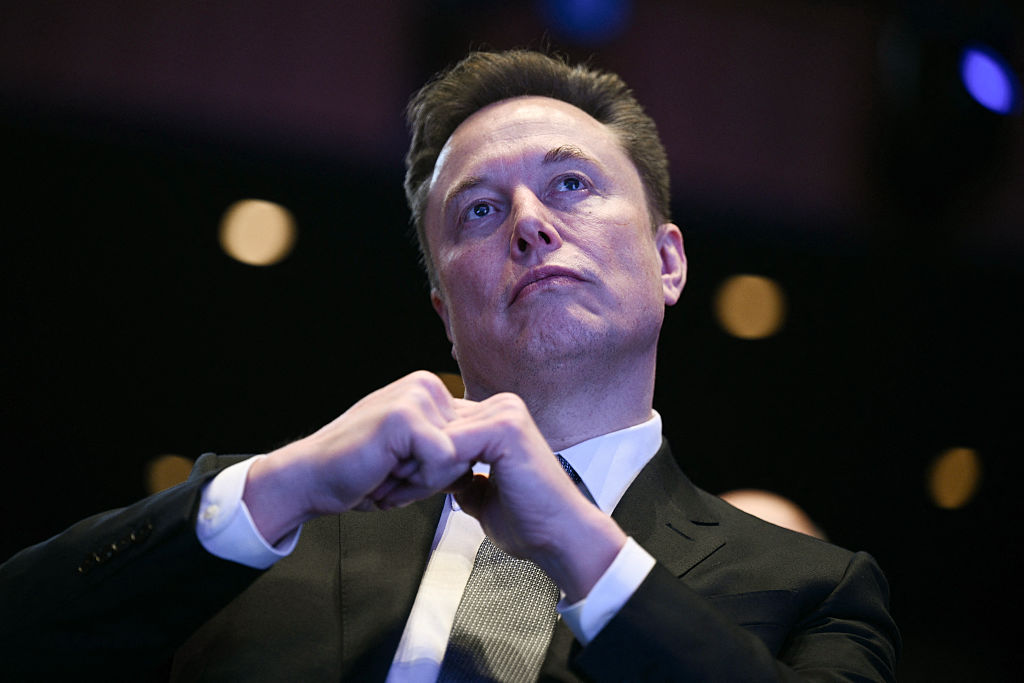

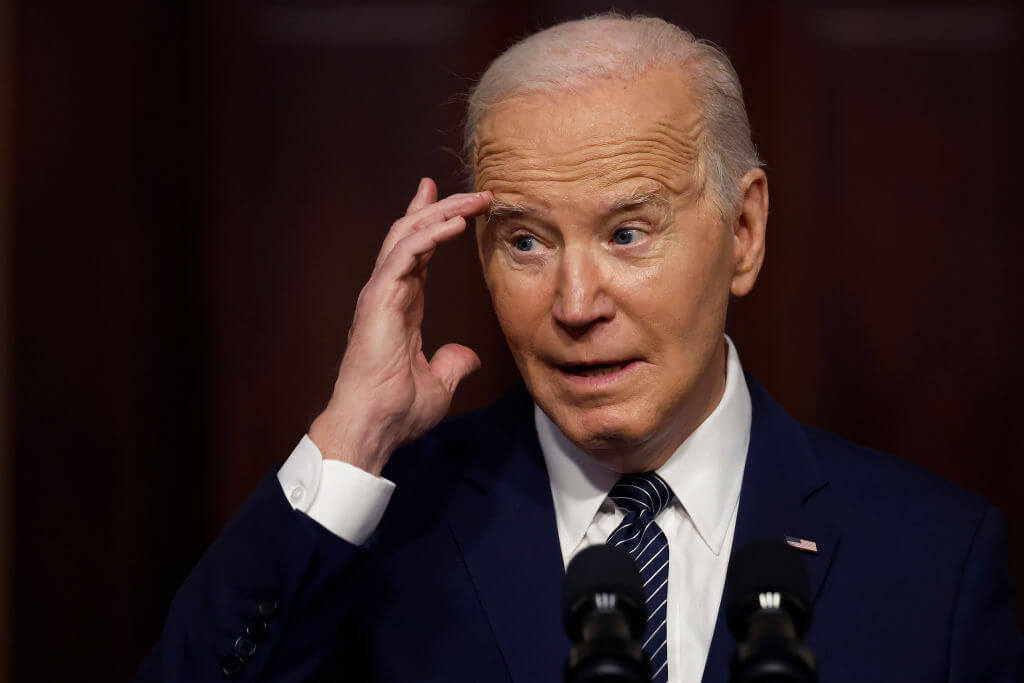



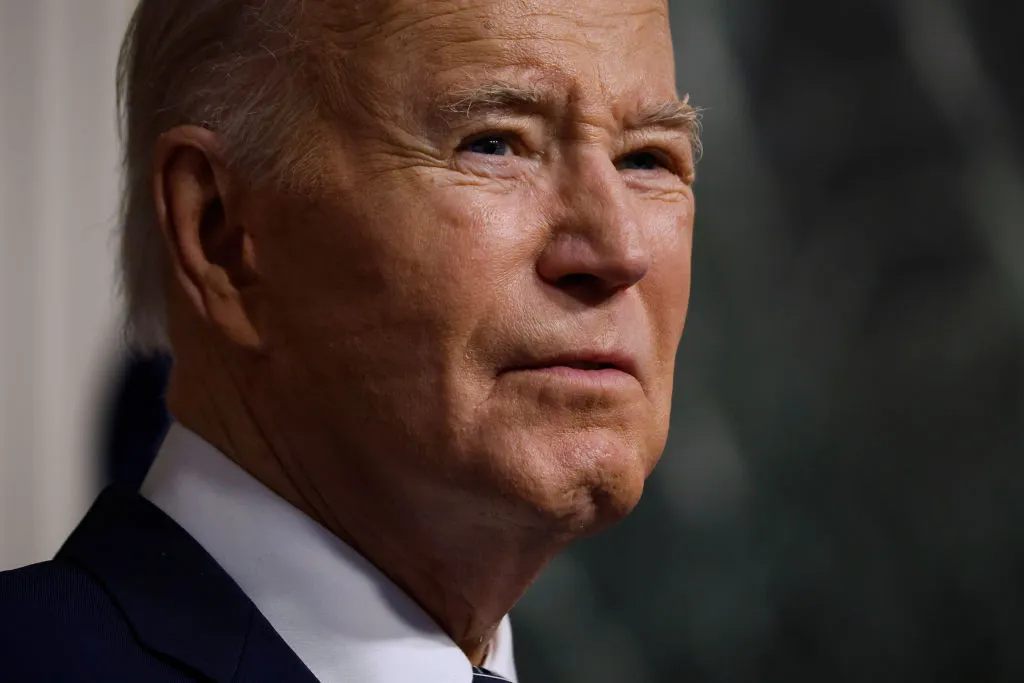

Leave a Reply